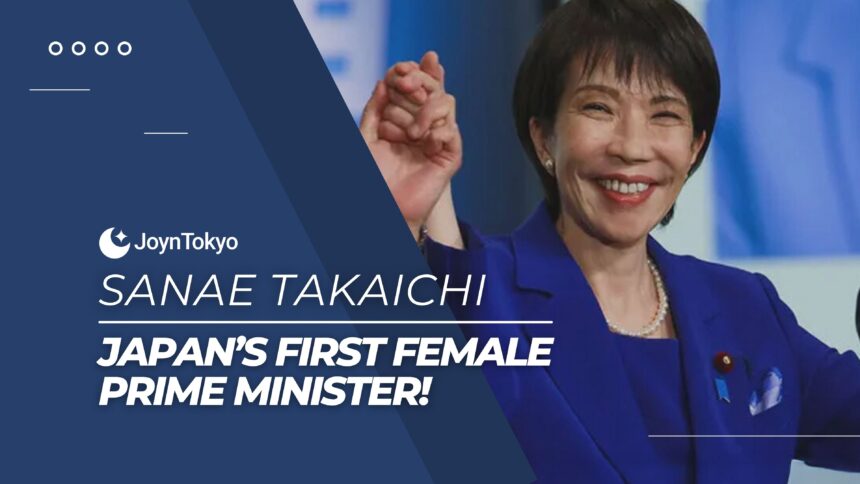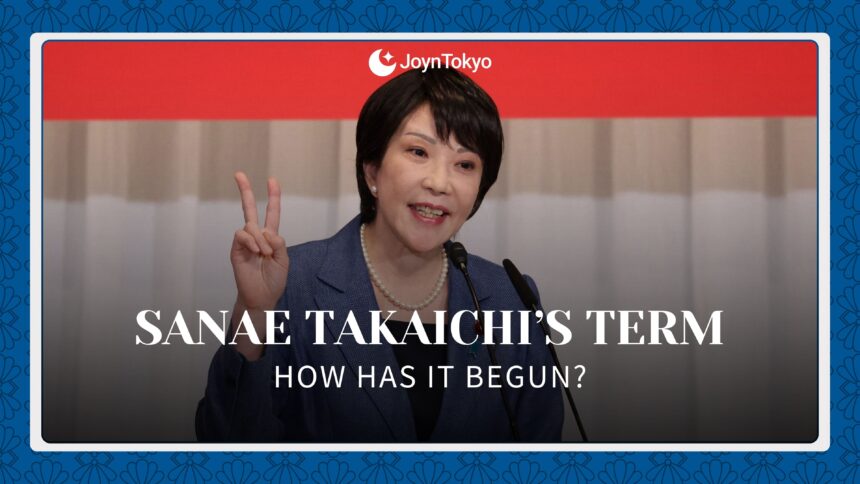Since 1955, the right-of-center Liberal Democratic Party (LDP) has been the ruling party in Japan, with only two brief periods out of power. As such, while Japan does not necessarily have a reputation as a right-wing nation, it is thought of as “small ‘c’ conservative”: if it ain’t broke, don’t fix it.
On Saturday, however, the LDP elected a woman as the president of its party for the first time, and therefore the first woman who will (barring improbable chicanery) become the Prime Minister of Japan: Sanae Takaichi. For our readers, in Japan and abroad, though: who is Takaichi? Why was she elected? What are her policies, and what do people think of her elevation to the top position in Japanese politics?
@cnn Sanae Takaichi has been elected to lead Japan’s ruling Liberal Democratic Party, making history as its first female leader. The 64-year-old is on track to become the country’s first female prime minister. CNN’s Hanako Montgomery reports from Tokyo outside the LDP’s headquarters, explaining who Takaichi is and what this means for Japan. #CNN #News #Japan ♬ original sound – CNN
Who is Sanae Takaichi?
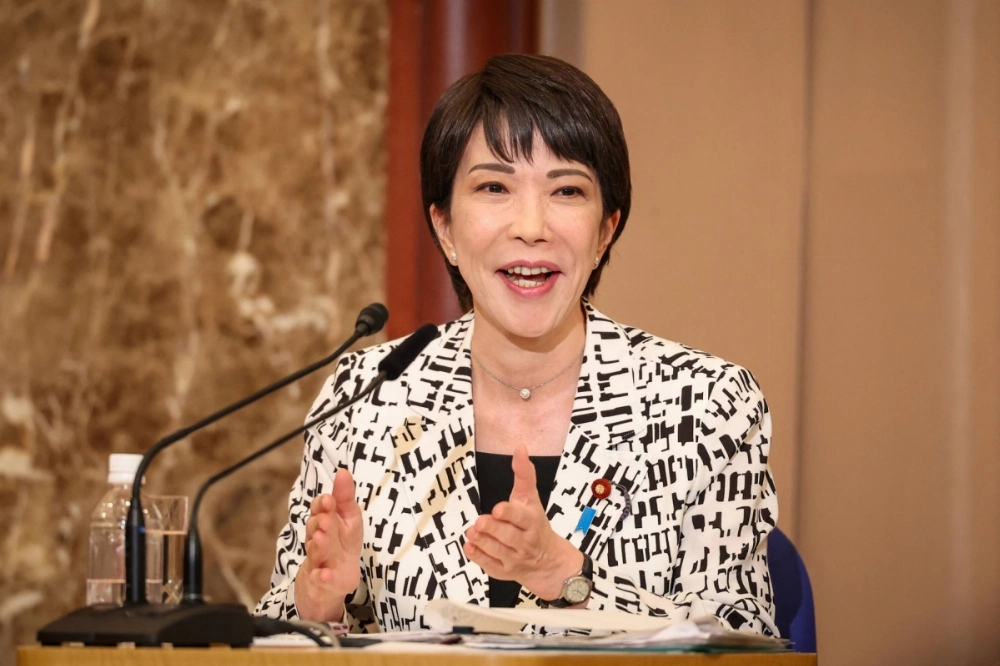
Takaichi was born in Nara prefecture, where she grew up before attending Kobe University, commuting six hours there each day because her parents refused to let her attend Keio or Waseda University, as she was a woman. She became a television presenter before starting her political career, though she spent time abroad in the US working a congresswoman, gaining political and international experience.
In 1993, she successfully ran for the House of Representatives as an independent candidate, joining the LDP three years later. She soon gained a reputation as being a hardcore member of the right of the party, and holds membership in the ultra-nationalist Nippon Kaigi organization. The largest right-wing lobby group in Japan, its goals include revising the constitution to amend Article 9, which forbids Japan to have a conventional military.
In Shinzo Abe’s second administration, she became a devoted acolyte of the late Prime Minister, and was rewarded by becoming the minister for internal affairs and communications. She proved somewhat controversial in this role, making threats against television networks — including the national broadcaster, NHK — to revoke their broadcast licenses if they did not promote the government’s agenda, which led to many viewing them with skepticism.
She ran to be the head of the party twice before, in 2021 and 2024, but was finally successful on her third attempt in 2025. But why was there an election for the head of the party in under a year? And how did she win after being defeated less than 12 months ago?
Why Did the Election Take Place?
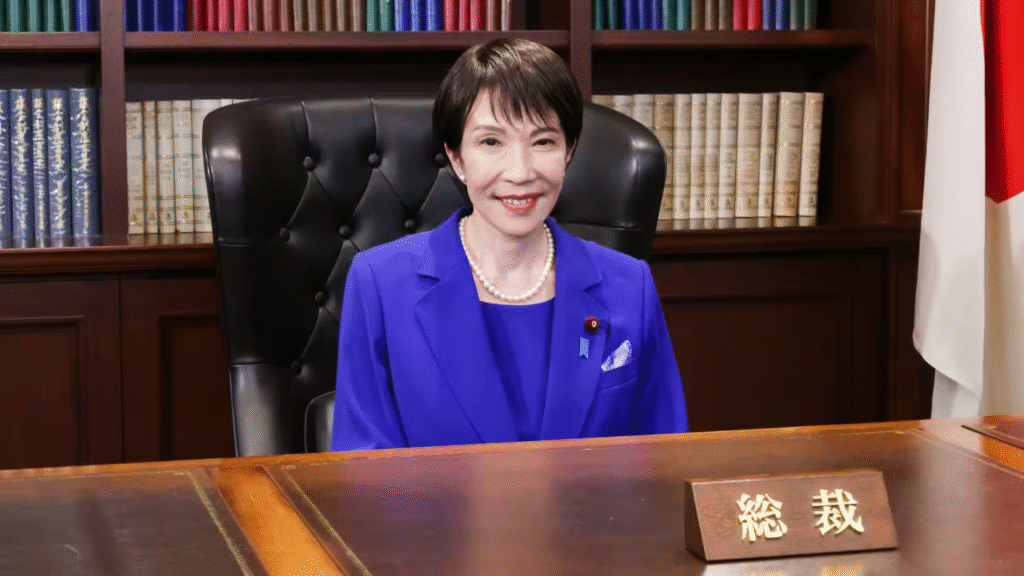
In 2024, Shigeru Ishiba won the LDP’s leadership election, beating out Takaichi, and so became the Prime Minister. He is broadly seen as a moderate in the party, is pro-marriage equality, and has been working to cool fraught relations with South Korea, with a high degree of success: South Koreans appreciated his recent visit to the country, where he paid his respects at the grave of a Korean exchange student who lost his life while saving a Japanese citizen’s while he was living in Tokyo.
However, after becoming Prime Minister, Ishiba presided over two significant electoral defeats. Soon after taking up his position, he called a snap election in order to silence critics and solidify his leadership: but things went badly wrong. The LDP suffered major losses, with two cabinet members losing their seats, a deeply humiliating spectacle for a ruling party. Even with the help of coalition partners Komeito, Ishiba was now leading a minority government.
July 2025 saw elections for the House of Councillors, the upper house of the Diet. Once again, the LDP lost its majority, giving way to opposition parties — including, notably, the far-right Sanseito. After successive defeats, Ishiba announced his intentions to resign, sparking the contest that would see Takaichi become the head of her party.
Why Did Takaichi Win?
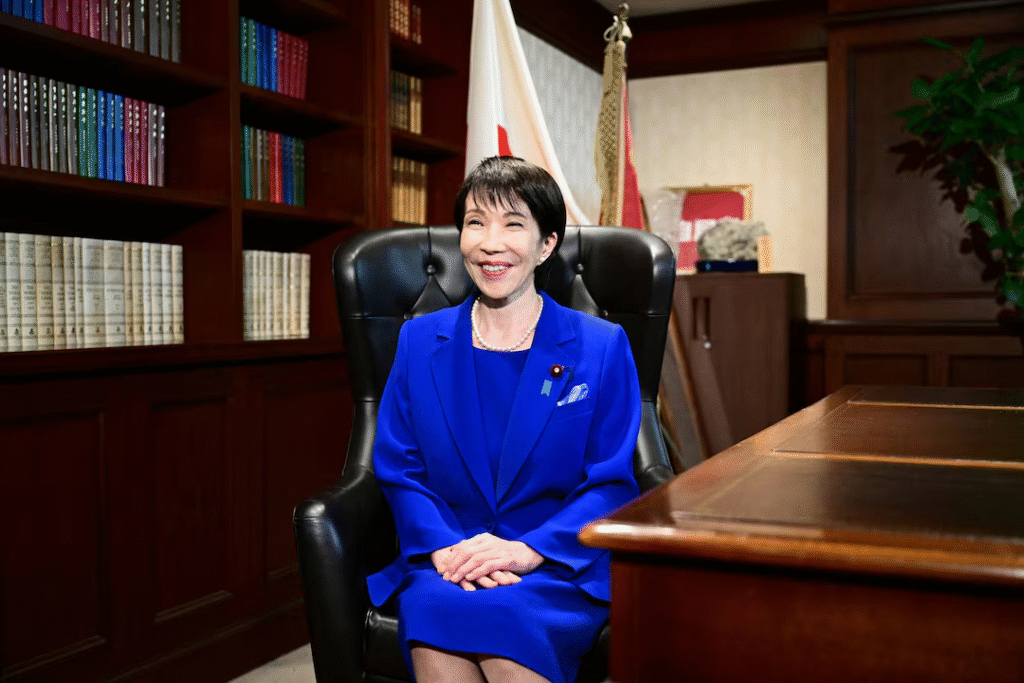
As discussed, Takaichi was very close to Abe during his time as leader, and was considered by some to be a successor to his philosophy. And there is an attraction to this: Abe was Prime Minister for nearly eight years, the longest-serving leader in Japan’s modern history. This stability was a welcome change to re “revolving door” of Prime Ministers, which has dismayed citizens and frustrated international allies.
Additionally, because she is firmly seen as being to the right of the LDP, a number of party members and elected officials likely believe that a figure from the right would be best position to recover votes from new far-right parties like Sanseito and the Conservative Party of Japan.
In terms of optics, it is also not bad at all for the LDP to deliver Japan’s first woman Prime Minister. Breaking with centuries of tradition while also electing a leader who is on the party’s right, the LDP can claim to be both ushering in the future without disrespecting the past.
What Are Her Beliefs and Policies?
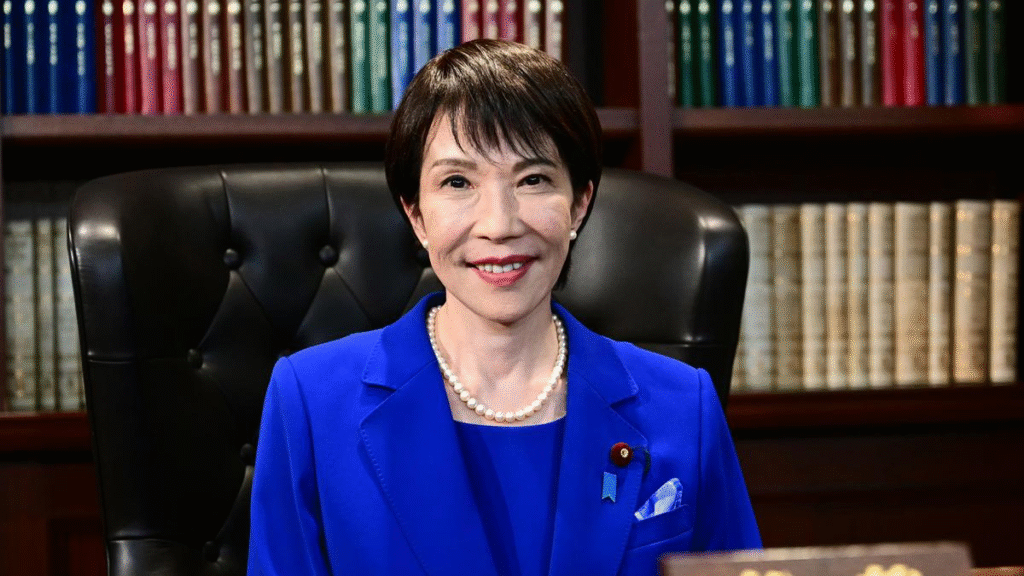
However, this is not to say that Takaichi is a feminist icon, nor that she wants to be seen as one. Her political idol is Margaret Thatcher, one of the most divisive politicians in the history of her country, the UK (so divisive, in fact, that on her death the song “Ding Dong, the Witch is Dead” from The Wizard of Oz reached number 2 in the singles charts after her death), and is openly against changing the law to allow women to use their maiden name after marriage — despite using her maiden name in her own political career.
She is also opposed to marriage equality, citing the constitution’s Article 24 as making the legalization of same-sex marriage “very difficult,” despite judgments from five high courts that say otherwise. She was also the only cabinet minister in 2023 to voice opposition to a bill that opposed discrimination against LGBTQ+ people in Japan, citing “discrimination” as being too vague.
She is a hard-liner on immigration, and arguably leveraged anti-foreigner sentiment to win her new role. This included spreading misinformation, claiming that foreigners were routinely mistreated the beloved deer in Nara, with no evidence to support her claim. For many, this was reminiscent of Donald Trump’s brazen lie that Haitian immigrants were “eating the pets.”
Economically, she is in favor of using the state to promote and prop-up certain industries, and has advocated for increasing taxes on corporations, a less economically liberal view that places her closer to the left in terms of national finances.
She is a historical revisionist, claiming that Japanese war crimes during the Second World War have been exaggerated, and that Japan was primarily fighting in self-defense. What self defense can be claimed regarding a surprise attack on Pearl Harbor remains a mystery. She was also criticized for writing a recommendation for a book that praised Adolf Hitler’s electoral strategy.
It might be worth mentioning that she is considered so right wing that former Prime Minister Fumio Kishida reportedly called her “Taliban Takaichi,” and other party members considered her faction to be a “cancer” on the LDP.
How Have People Reacted to the News?
As one may imagine, the news of her election was met with elation on one hand and distress on the other. Social media accounts have seen LGBTQ+ people in Japan in particular dismayed by her victory. Many point to her long-standing opposition to progressing their rights, and her seeming comfort with potentially working with the openly homophobic Sanseito and Conservtive Party of Japan.
Others note that her seeming discomfort with foreigners in Japan could see visa applications, renewals, and permanent residency and naturalization processes become more difficult, or potentially caps on the number of new arrivals.
It should be noted that these are not policies that have been promoted by Takaichi, so it might be a case of panic based on little but vibes. However, right-wing social media users have been celebrating her victory, thrilled that she will, they think, deport foreigners from Japan en masse (this is, strangely, an especially strong feeling among right-wing accounts not based in Japan).
Takaichi has yet to make a decision as Prime Minister, and many are hoping that, as has been the case with many of her predecessors, the responsibilities will temper what seem to be her more reactionary tendencies. This was, however, not the case in the US, where Donald Trump’s authoritarian impulses are running wild. Many are hoping that Takaichi will not be Japan’s Trump — or if she is, that she will soon become Japan’s Liz Truss.

